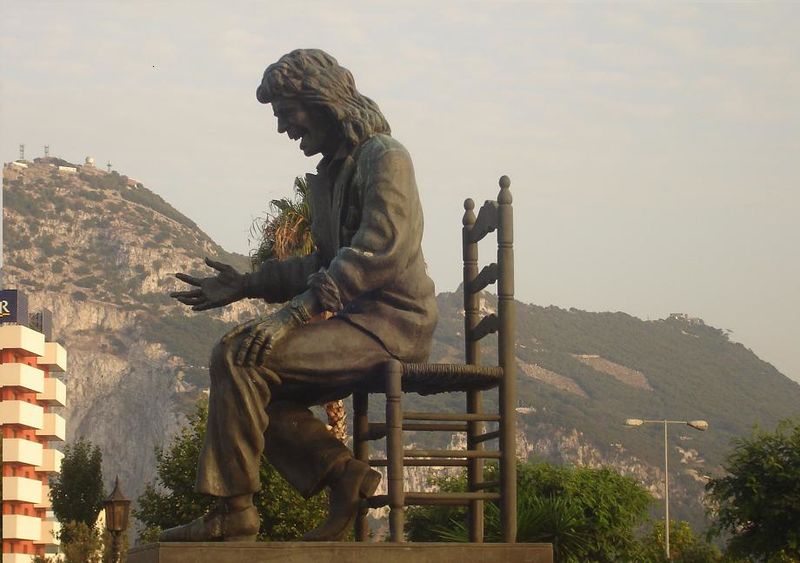The Museum of Camarón de La Isla will be the most important flamenco museum in all Spain. Almost all tickets are sold out, with the exception of a few tickets for the morning openings on Wednesday and Sunday.
Camarón de la Isla (real name José Monje) was one of Spain’s most famous flamenco singers in the second half of the 20th century. Nicknamed Camarón – shrimp – for his reddish-blond hair, lean build and light skin, Camarón died in 1992 at the age of 41.
Modern, spacious and innovative
The museum is modern and innovative and highly interactive, with new visual and graphic concept tailored to the needs of the public. It offers an emotional and personal journey through the life and career of the cantaor (flamenco singer). The museum features technological projection elements that make it more functional, modern and sustainable. There are also important pieces from the artist’s legacy, donated by his family.
Located near the famous Venta Vargas, the restaurant where Camarón started performing as a child, the museum has two floors and an area of 1,200 square metres.
A total of 300 people are admitted per day, in two groups of 25 people per hour. The Museum of Camarón de La Isla will become the most important flamenco museum in Spain. This is according to the town council of San Fernando, the birthplace of the flamenco artist.
Interactive
The content will be shown through five large interactive screens and panels in all halls. The visitor can see an audiovisual overview of José Monje’s artistic and personal career lasting up to five hours. Moreover, the centre also has more than 30 hours of video. This keeps not only Camarón de la Isla alive, but also flamenco singing in general.
Multifunctional
On the ground floor, there is a reception area, space for the future shop, and children’s playroom. There is also a documentation room where bibliographies can be consulted, and auditions and private viewings held. The centre is also suitable for events, lectures, presentations and small performances. Another highlight is the roof where open-air activities can take place.
The exhibition is spread over three large rooms or thematic blocks. They chronologically cover Camarón’s life in three main phases: Origen, Leyenda y Revolución.
From Origin to Revolution
The first of the exhibition spaces, Origen (Origin), focuses on the artist’s early years. It covers his life in San Fernando, childhood, influences, hobbies such as bullfighting, and his performances at Venta de Vargas. Also on the ground floor, in the courtyard, is one of the showpieces, the cantaor’s restored Mercedes 300D car. He travelled thousands of kilometres in it from performance to performance.
On the first floor of the building are the two other exhibition halls: Leyenda (Legend) and Revolución (Revolution). The tour is compelling and original with a concept of a dark box that allows you into the life of the artist and his career. Leyenda covers Camarón’s departure for Madrid to the recording of the iconic album ‘La leyenda del tiempo’, and his personal and artistic encounter with Paco de Lucía.
Revolución, the last area, covers everything that came after that mythical record and when the cult of his person and his work emerged. The moment when the legend became a universal myth.


